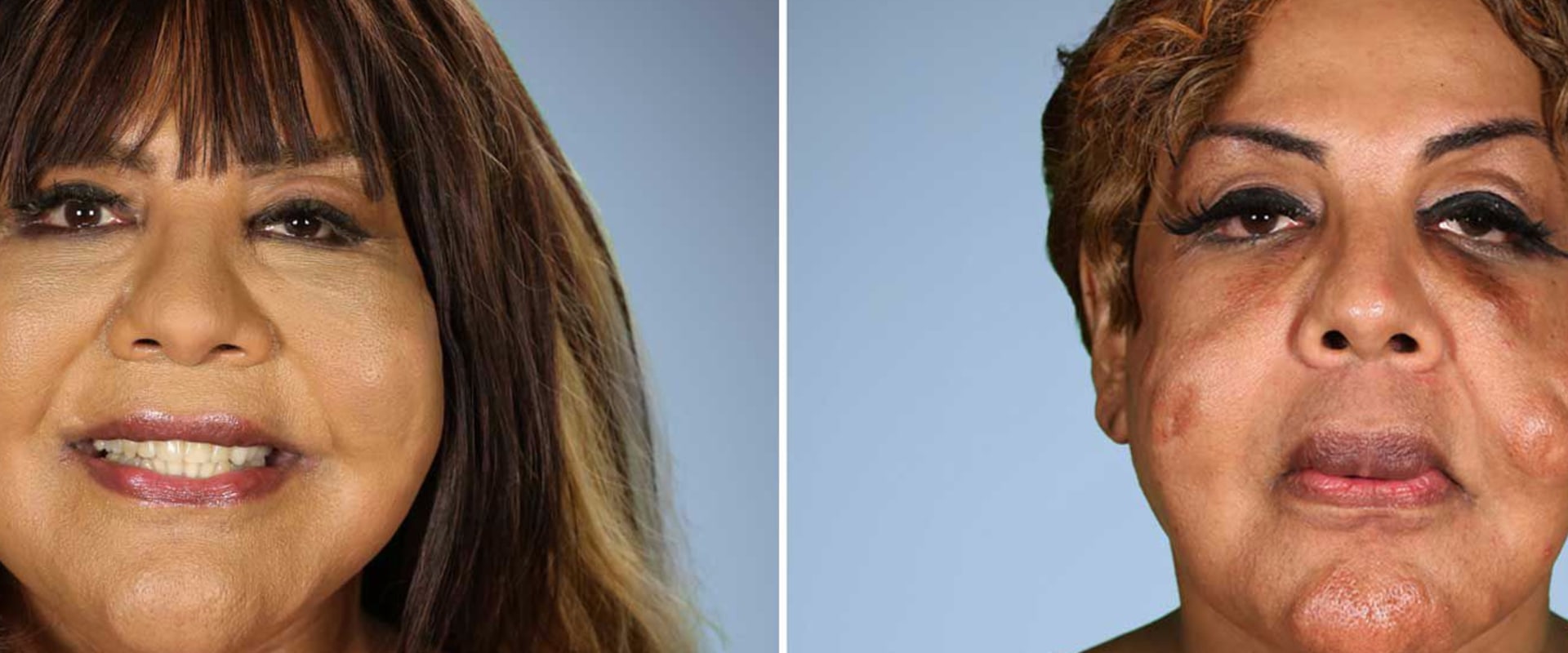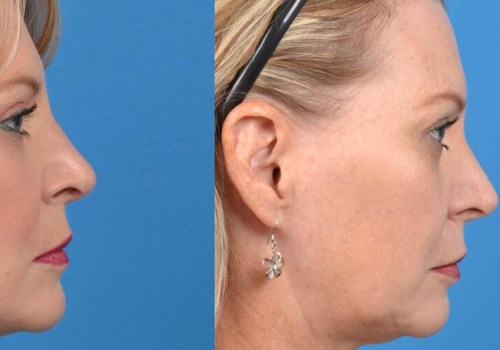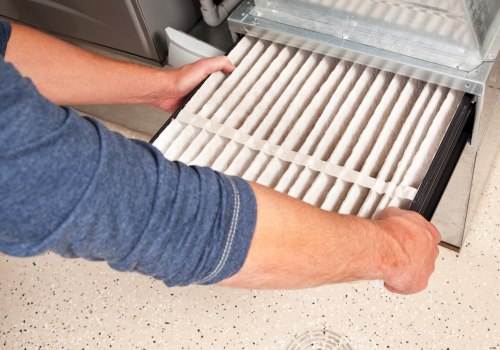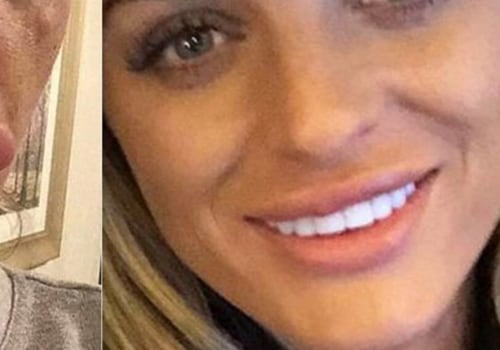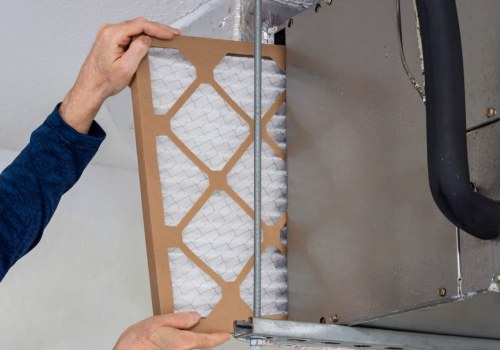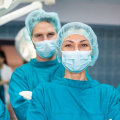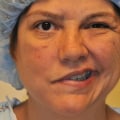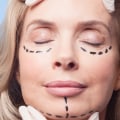You are a good candidate for cosmetic surgery if you are young and want bigger lips or if you are older and want to improve your appearance. Cosmetic plastic surgery includes surgical and non-surgical procedures that improve and reshape body structures to enhance appearance and confidence. The goal of cosmetic surgery is to improve a person's look, self-esteem, and self-confidence. It can be performed on any part of the face and body.
Liposuction is a surgical procedure that removes fat from certain areas of the body to create a slimmer, more contoured silhouette. There are several types of liposuction, with tumescent liposuction being the most popular. This type of liposuction involves infusing a saline solution, a medication to constrict blood vessels, and an anesthetic agent into the area to be treated. Ultrasound-assisted liposuction (UAL) is another type of liposuction that uses ultrasonic energy to melt fat and suck it out of the body.
UAL has more risks than tumescent liposuction, including the risk of internal and external burns and longer surgery. Other options include laser, energy-assisted, air-assisted, and suction-assisted liposuction. Commonly known as a tummy tuck or lower body lift, tummy tuck removes excess skin from the abdominal area and tightens the remaining skin. This surgery is often performed on people who have excess skin after being pregnant or after losing significant weight after bariatric surgery. A woman's breast reduction surgery is one of the few plastic surgeries that insurance routinely pays for, as the benefits go far beyond an improved appearance. Women with breasts that are too heavy or too large often have difficulty finding clothes that fit them well, experience chronic back pain, neck pain, chronic rashes, and poor posture.
A nose job, or rhinoplasty, reshapes the nose and balances it with the rest of the face. The surgeon can reduce the overall size of the nose or refine areas of the nose for a more pleasing appearance. A rhytidectomy, or facelift, is a surgical solution for wrinkles and sagging that accompany aging. A facelift tightens facial skin to give it a more youthful appearance by gently stretching the skin, smoothing deep lines, and minimizing sagging. A treatment for sagging or poorly shaped breasts, a breast lift repositions the breasts to make them look more cheerful.
A typical patient will undergo this procedure after significant weight loss or pregnancy leaves breasts deflated. Blepharoplasty (eyelid remodeling surgery) may be covered by your health insurance if the reason for surgery is a doctor's recommendation. Sagging eyelid skin can obstruct vision and is a common medical complaint in older people. If your doctor recommends blepharoplasty for medical reasons, insurance should cover it, but check with your insurance provider first. Breast reduction surgery may be covered by insurance if performed for medical reasons. Breast augmentation surgery is cosmetic surgery that is not covered by insurance.
Male breast reduction surgery may be covered by insurance if deemed medically necessary to treat gynecomastia. Eyelid remodeling surgery may be performed for aesthetic reasons or to improve vision in patients whose eyelids obstruct vision. And in some cases, your doctor may recommend one of several skin care products or non-surgical cosmetic procedures to treat the problem. Be sure to have a full discussion with your surgeon about risks and complications before undergoing any surgery or cosmetic procedure. If you are obese or if you smoke or drink too much alcohol, you may not be a good candidate for cosmetic surgery.
There may be qualified surgeons in other professional organizations, but these are the main groups that certify that doctors are qualified to perform cosmetic surgeries: American Society of Plastic Surgeons (ASPS), American Board of Plastic Surgery (ABPS), American Society for Aesthetic Plastic Surgery (ASAPS), International Society of Aesthetic Plastic Surgery (ISAPS). According to ASPS, the most common cosmetic procedures (invasive and minimally invasive) are listed here by their common or descriptive names: Liposuction; Tummy Tuck; Breast Augmentation; Breast Lift; Breast Reduction; Rhinoplasty; Facelift; Blepharoplasty; Botox; Fillers; Laser Hair Removal; Microdermabrasion; Chemical Peel; Laser Skin Resurfacing. Most surgeries, from heart operations to vasectomies, are now performed with minimally invasive methods. Girls who want to enlarge their breasts for aesthetic reasons should generally be at least 18 years old because saline implants are only approved for women 18 and older.
The surgeon helps patients understand this so that they can fully appreciate their true appearance and how this can change with cosmetic surgery. Four Austin-Weston board-certified plastic surgeons, The Center for Cosmetic Surgery revealed what you need to know if you're considering going under the knife. In cosmetic surgery, minimally invasive procedures use newer technologies such as lasers to perform procedures that previously required extensive surgery and recovery time. Your surgeon will explain how cosmetic surgery can change your body and what you can expect as a result.
But what about undergoing cosmetic surgery just to change your appearance? Is it a good idea for teens? As with everything there are right and wrong reasons to have surgery. Recovery times vary depending on the procedure but generally the healing period is between 1 and 2 weeks for facial cosmetic surgery.
